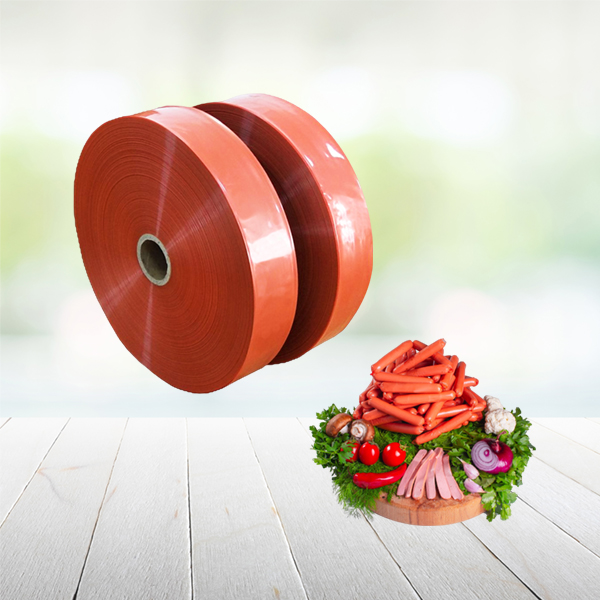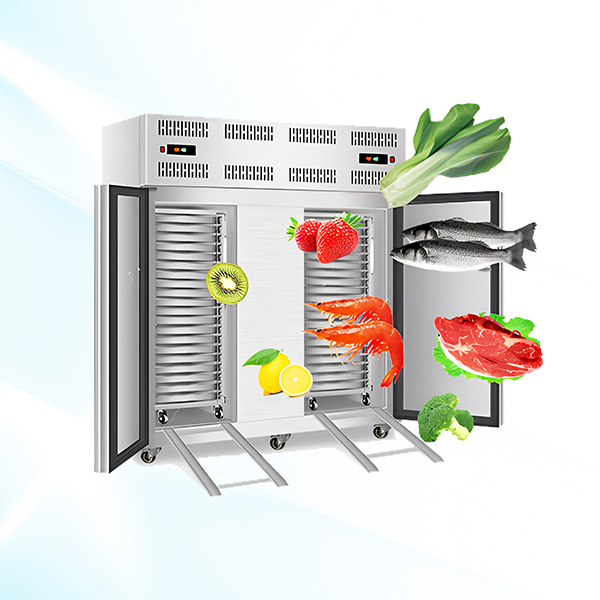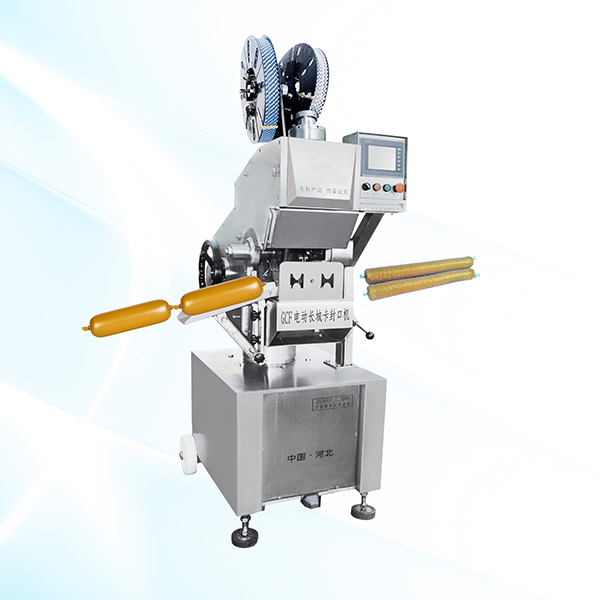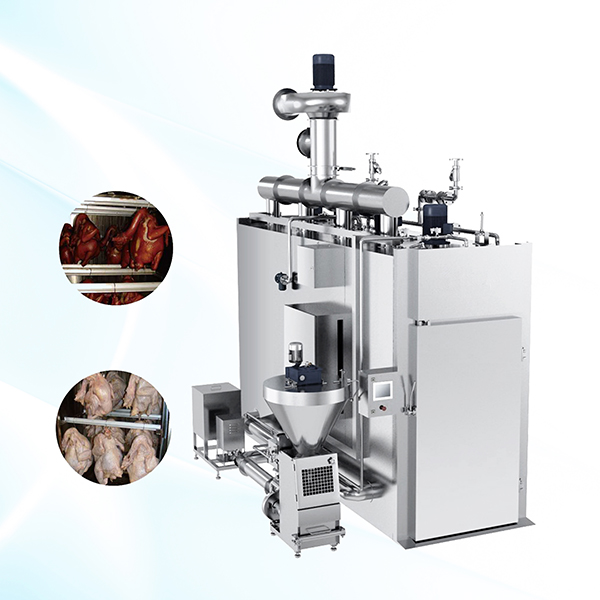As an internist in the public primary care clinic at Zuckerberg San Francisco General Hospital, Dr. Hilary Seligman often asked her patients about their diets. One conversation that stands out involved a man in his 50s, a longtime patient she had just diagnosed with prediabetes. Asked to describe his meals, he revealed that his daily lunch was a sandwich of Spam between two cinnamon rolls.
“It really shocked me,” says Seligman. She couldn’t fathom why someone would even put those two foods together until she realized he did it because it was affordable and kept him full until he had enough money to eat again. “Healthier food just costs more,” she adds.That pivotal conversation shed light on the harsh realities of food insecurity, fueling Seligman’s passion for health equity and the growing movement known as Food Is Medicine (FIM). The philosophy of FIM is simple: Nutritious food is as critical to health as other medical treatments like prescription drugs and should be included in health care coverage.
As the director of UC San Francisco’s Food Policy, Health, and Hunger Research Program and the Nutrition and Obesity Policy, Research and Evaluation Network of the U.S. Centers for Disease Control and Prevention, Seligman has played a key role in spearheading policy changes aimed at treating and preventing diet-related chronic illness by improving what people eat. Her initiatives, EatSF and Vouchers 4 Veggies, provide low-income residents who can’t afford nutritious food with “produce prescriptions” to redeem for fruits and vegetables at various outlets in California and outside the state.
“From the perspective of the patient, it makes a difference when your doctor prescribes something,” says Seligman, a professor of medicine, and of epidemiology and biostatistics at UCSF. People take it more seriously. In this case, instead of “take this antibiotic for your ear infection,” it’s “take this healthy food to prevent your diabetes.”
The statistics clearly illustrate the need for this approach. One in eight U.S. households lacks access to affordable and nutritious food, while half of all American adults suffer from chronic diseases linked to their diets such as cardiovascular disease, high blood pressure, or Type 2 diabetes. Each year, these diet-related conditions lead to more than a million deaths in the U.S., exceeding those caused by smoking. These illnesses are also among the country’s largest health care costs, with a price tag of $1.1 trillion annually, which matches what the entire country spends on food itself.
Given the profound health and economic impact of poor nutrition, it’s no surprise that the FIM concept is gaining traction. That’s due to a few key turning points, says Dr. Dariush Mozaffarian, a cardiologist and director of the Food Is Medicine Institute at Tufts University.
First, the COVID-19 pandemic drove home the crucial link between diet-related diseases and severe health outcomes, as people with obesity and other nutritional issues often had much tougher battles with the virus. Second, heightened national attention to health disparities, particularly influenced by movements like Black Lives Matter and economic pressures like rising food prices, has further pushed the issue to the forefront. The conversation has also been propelled by the high costs of popular injectable weight loss medications like Ozempic and Wegovy, driving the search for more sustainable health solutions. This collective awareness culminated in the Biden Administration’s 2022 White House Conference on Hunger, Nutrition, and Health, which pledged $8 billion in public and private funds to these causes. In government funding alone, 2023 data from the U.S. Department of Agriculture’s Gus Schumacher Nutrition Incentive Program (GusNIP), administered by the U.S. Department of Agriculture, shows a near seven-fold increase in the number of FIM sites and a near twelve-fold increase in participation of these programs.
One of the movement’s biggest wins came in recent years when FIM programs, including produce prescriptions, were integrated into Medicaid through Section 1115 waivers in 11 states. Additionally, Medicare Advantage has broadly adopted similar coverage, while the departments of Veterans Affairs and the U.S. Indian Health Service are exploring these initiatives through pilot programs.
Hebei Hanruisi Technology Co.,Ltd.Is a company specializing in the production and sale of shock freezer, meat processing machines, sausage casing and sausage aluminum wire clips in China, and is famous for its excellent quality and favorable prices.











